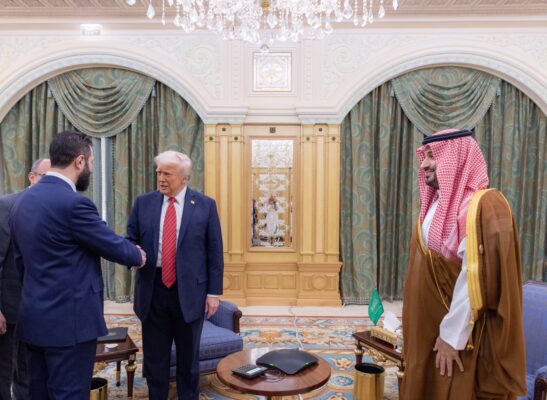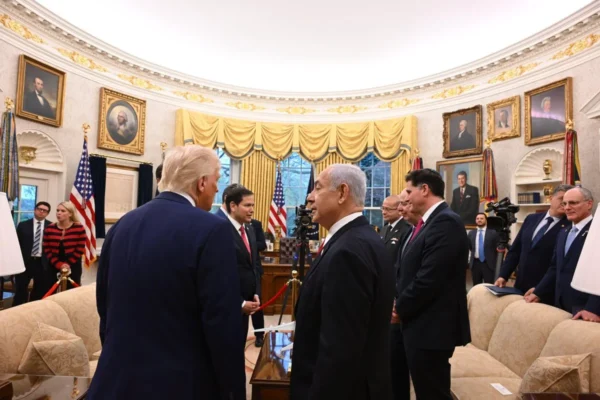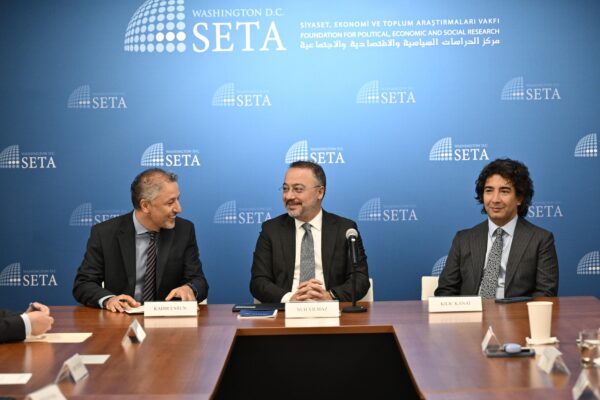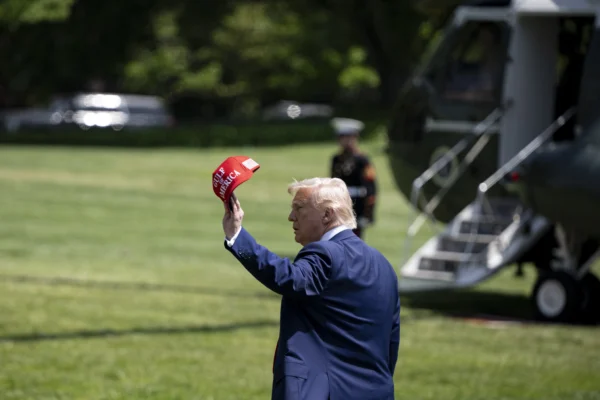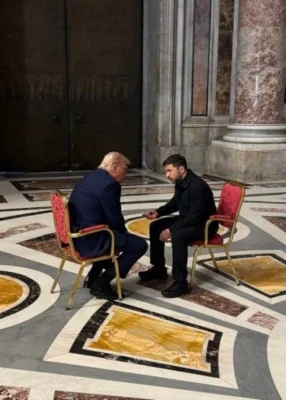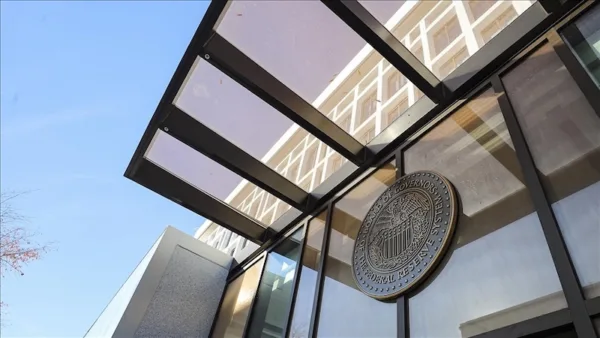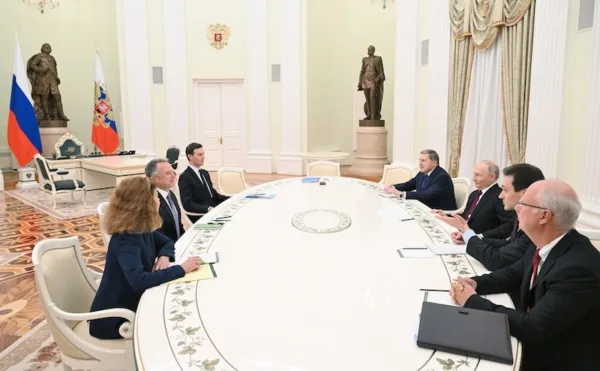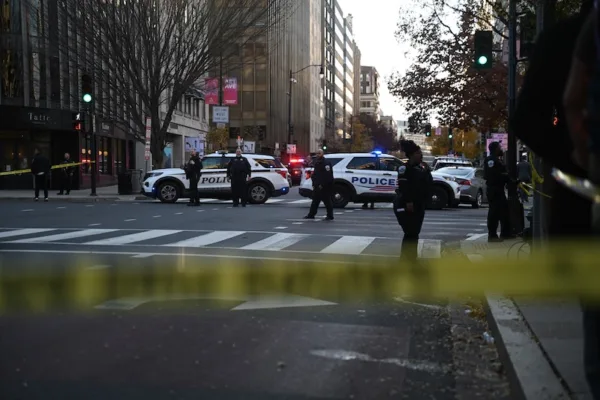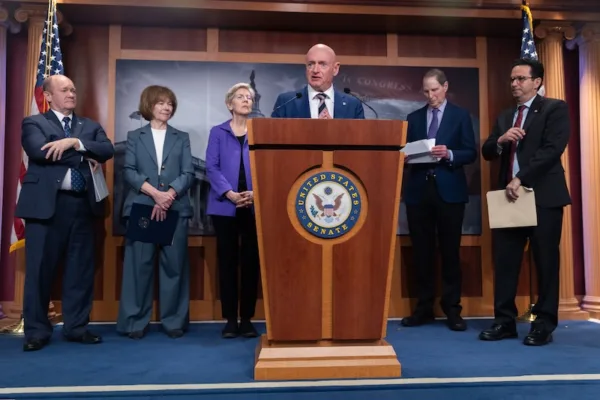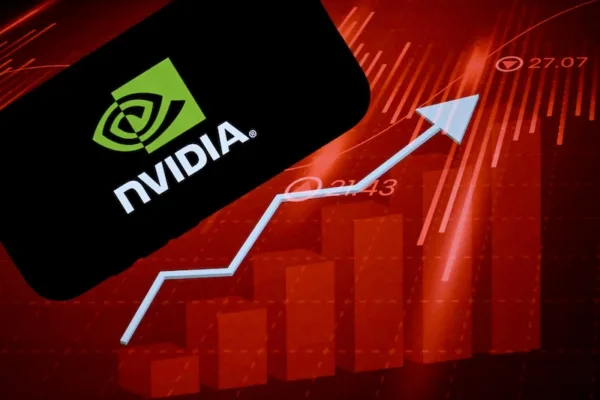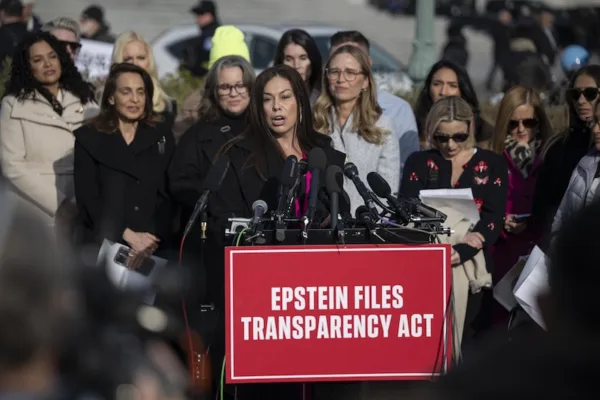Will America be great again?
The inauguration of President Donald Trump and the major march that took place on Saturday against him signaled the beginning of a new era for the United States. The debates and discussions in this new era will determine the identity of the U.S. and the role that the U.S. may want to play in the international system. It will be a challenging period for both the administration and the public in the U.S.
The picture that we saw in the inauguration and increasing number of protests in the U.S. on the one hand demonstrates a “divided house” in which fear is increasingly becoming the main factor shaping the perception and understanding of one another and the world. This fear factor became a major issue during the presidential campaign. The perception of threat was so obvious on election night that the picture that emerged after the election not only reflected the disappointment and agony of losing, but the fear of something that is considered a threat to their lifestyle. The winners of the election, on the other hand, regarded fear of others as one of the most significant motivations for their turnout in the election.
Time will show whether the Trump administration will keep its word in ‘making America great again’ or follow in the stereotypical footsteps of the former administrations
The inauguration and its aftermath demonstrated this increasing rift in American society that can reflect itself in the tone of conversation in the political and public sphere in the next four years. It has been a frequently stated argument that there is disarray in American society and the American nation is divided. However, in the last four years, this often stated argument became more obvious, first with the deep divisions between the Democrat White House and the Republican Congress, which brought the federal government to a shut down due to the failure to resolve differences. In the last election season, we started to see a more societal reflection of this polarization. If it is not contained in the next four years, this polarization will lead to distinct social movements and mobilizations that may destabilize the country and disrupt the economy that the Trump administration wants to improve so much.
To deal with this situation, Americans have to work hard to eliminate the fear factor and end the prejudices and stereotypes that rose during the campaign process. When all the differences are perceived as a threat, it will be hard to fight against the real threats to security and safety in the country. And when a significant portion of society considers the presence of discrimination and not feeling welcomed by the majority, the social fabric of the country will be under threat. The constant emphasis of Trump in his inaugural address to the people and the return of power to the people may be perceived differently by different segments of the society. Now with the policies that he will adopt, he has to define this argument of returning power to the people.
In the meantime of course, the differences among different institutions need to be taken into consideration during this critical period. Reports about the feud among the different branches of government risks the emergence of a possible institutional dimension in the rift. President Trump’s decision to pay his first visit to the CIA was intended to mend ties with the bureaucracy that he will rely on so much during his tenure in the White House. Most possibly, he will spend a good chunk of his first few months establishing institutional trust between different agencies as well as between these agencies and the White House.
In the inaugural address, President Trump mentioned the dream of the American people in numerous instances. He said for instance: “We will bring back our jobs. We will bring back our borders. We will bring back our wealth. And we will bring back our dreams.” He also indicated the unifying dimension of the “dream” by stating, “And whether a child is born in the urban sprawl of Detroit or the windswept plains of Nebraska, they look up at the same night sky, they fill their heart with the same dreams, and they are infused with the breath of life by the same almighty Creator.” It demonstrated that he would use the “American dream” as a unifying and mobilizing concept to bring together the American people. His campaign promise and his emphasis in this speech on “Making America Great Again” will probably resonate as the most definitive point of his presidency together with the “American dream.” What is the “American dream” and what does it mean to make America great will be the most important debates in the next few years. The outcome of this debate will be an important factor that will determine his presidency and America’s identity.
This article was first published in Daily Sabah on January 23, 2017.



